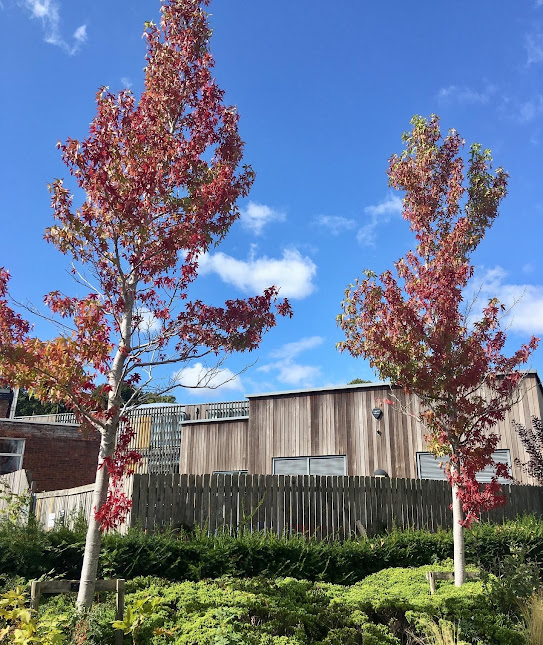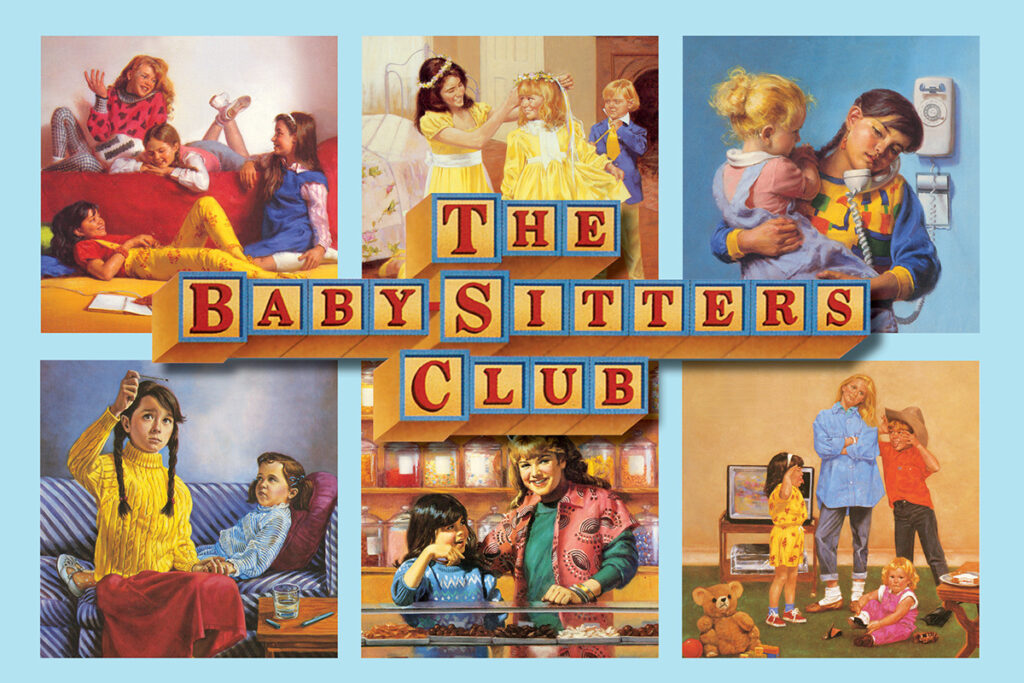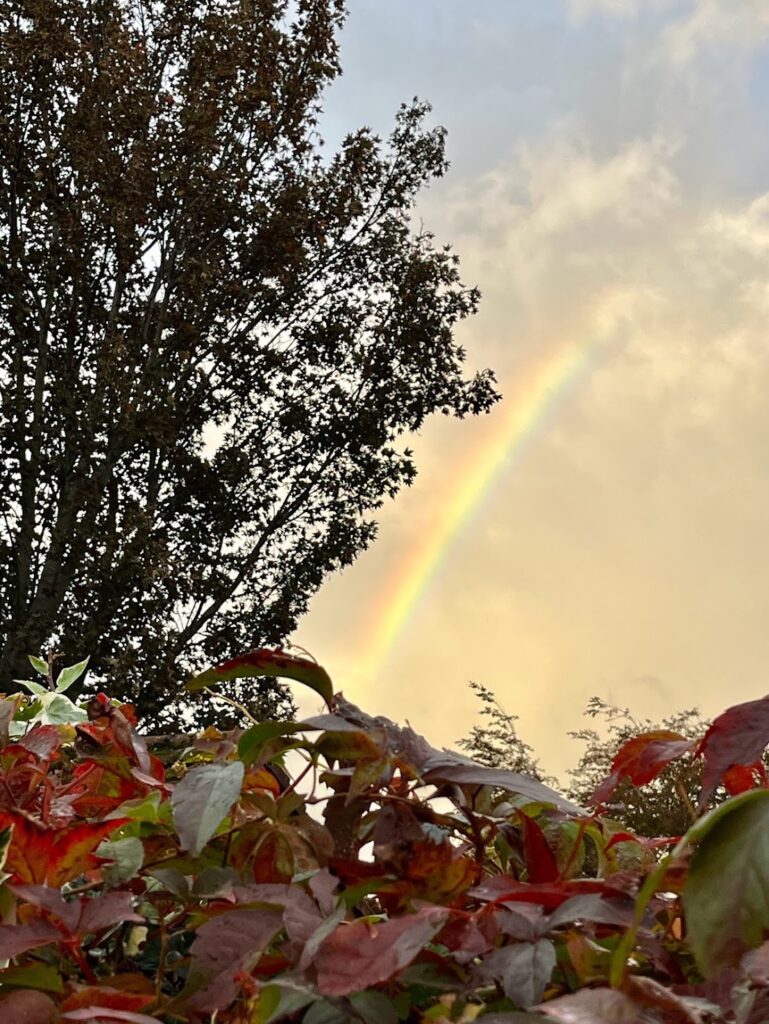This Week’s Bit of String: Greeks and gods, geeks and goofs
Over the smell of rained-on teen boy and Haribo (the essential sweets of bribery), I host small group reading interventions. In lower set classes, everything is read to the students. But in this group, everyone gets a turn reading, even if it takes time (and essential sweets of bribery).
I never know how things will end up; one session had me googling Jamaican swears to confirm for one boy that hey, if you think it might be a curse, don’t go round using it. I now know an extra way to say “arsewipe.” The most challenging student once threatened me.
“Miss, I hope someday you wake up and one of your toes is gone.”
Now, that made me laugh. I retorted, “If that ever happens, me and my nine remaining toes are coming after YOU.” So he left laughing as well.

We’ve been reading Anthony McGowan’s I Am the Minotaur, in dyslexia-friendly format. It’s about a teen boy who struggles at school with bullying and at home with his mum’s depression-induced neglect. He goes on a quest to win the heart of a popular girl at school, Ariadne.
The students can tell me about a few Greek myths they learned in junior school. A couple remember the Minotaur in the Labyrinth. Something about the myths, or about the fun, hands-on way they’re taught in primary school, remains with the students several years later.
What they really love, though, is the protagonist’s’ descriptions of his school. Kids giggle reading terms like “goths” and “geeks” and “pissed off.” Here’s a sample line: “Some big lump the size of a fridge might come up to you and then steal your phone and stamp on your face while his mates laugh like hyenas.”
My students never knew you could find those words in books.
Teaching Methods
If kids really struggle to read, they don’t experience many books. When it’s super hard for them, they don’t even get to that Magic Key series in the primary school reading scheme. They start secondary school and there aren’t many basic books, at least within my school’s budget, telling stories in which these kids recognise their lives. And there certainly isn’t time for teachers to introduce books, just for fun.
I could read at a very young age and I enjoyed it, but I didn’t become an avid reader until I was 8. It was a tough year, we’d moved to a new area and school; maybe that drove me to take solace in books. But the big change was discovering The Baby-Sitters Club. Reading about girls a few years older than me, in lives I might aspire to, was such fun.

Any other BSC fans here? The range of protagonists (and their different handwriting!) and plots in Anne M. Martin’s books, and the cool links between the baby-sitter’s mini life crisis in each volume and her latest baby-sat client were brilliant. Sometimes when I can’t sleep I still try listing the titles in order.
I wonder if I would have loved books so much without contemporary, relatable fiction. I was already writing before then too, quite derivative adventure stories, but without books like the Baby-Sitters Club, would I have accessed ideas that really grabbed my heart?
Relatability Versus Empathy
Of course it’s important to stretch ourselves and our students, to key them into stories about people and cultures far beyond themselves. I’m not arguing that students shouldn’t read Shakespeare or I guess (she said begrudgingly…) Golding. But when that’s all they have time to read because we’re teaching exclusively to exams, we’re downright robbing students.

Just as it’s crucial that students of colour and LGBTQIA+ students see themselves represented in our curriculum, there should be KIDS reflected in the reading material. I’m sure there are plenty of well-written books about recent youth. Patrick Ness maybe? And I won’t tolerate arguments that they’re not literary enough. We’ve got Blood Brothers on the GCSE Literature syllabus, for crying out loud, and A Christmas Carol and Doctor Jekyll and Mr. Hyde. Not exactly subtle, nuanced works.
To engage students we have to first meet them where they are, then stretch. Reading a book about recognisable characters and setting has enabled us to have lively discussions. The kids ask me what clique I’d assume they were in, and they ask if when I was growing up I had a “Stinky Mog” (Anthony McGowan’s bullied main character) at my American elementary school. We talk about the seriousness of Stinky Mog’s mum’s depression (“Depression can kill,” two different boys point out in their respective groups) and we dissect how the bullied can end up passing that cruelty down to those they perceive as weaker.
I’ve really valued those talks and I’ve liked normalising reading with kids who rarely do it. But even our Special Needs intervention groups fall prey to exam mentality; department heads have complained about students missing lessons (to practise reading!) and we’re being given less time and fewer students we’re allowed to work with. Next term, to respond to these challenges, we’ll be resorting to comprehension workbooks with brightly-coloured, cartoony covers. It saddens me thinking how slighted and demotivated our students will feel when they set eyes on them. I doubt the workbooks will encourage a love of reading but hey, maybe they’ll help the students pass their exams.
What books made you fall in love with reading and writing? What kind of reading do you feel is most important?